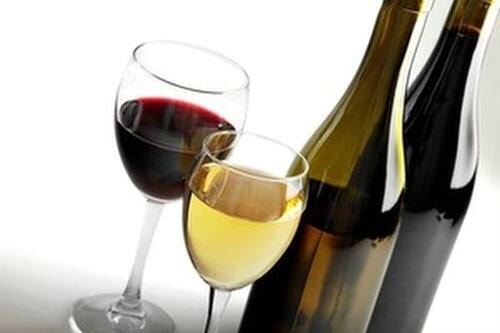3 Wine Tasting and Food Pairing Tips

Dating back more than 6,000 years, wine is one of the oldest and most popular spirts in existence. The next time you decide to uncork a bottle or enjoy a glass at the Superstition Mountain Golf & Country Club bar, keep these wine tasting and pairing tips in mind.
1. How to Taste WineLook: Visually inspect the wine under neutral lighting, check out the wine’s color, clarity and viscosity.
Smell: Inhale the scent of the wine through your nose and experience the three different types of aromas – primary, secondary and tertiary. Primary derives from the particular grape used and are offer fruity, herbal and floral notes. Secondary aromas come from the way in which the wine was made. Lastly, tertiary aromas come from aging in bottles or oak barrels and offer subtle notes of roasted nuts, vanilla and baking spice, depending on the wine.
Taste: Assess the structure and overall taste of the wine. Taste varies greatly from each type of wine and by the winery. Take in the sour, bitter or sweet notes from the wine, its viscosity or heaviness and the spirits taste pallet from start to finish
2. Match the Glass to the WineRed Wines are best served in large wine glasses with bowls that are fuller and rounder with a larger opening compared to other wine glasses. This allows you to dip your nose into the glass to detect the wine’s aroma. This style is imperative due to the complex aromas and flavors of red wine, the wider surface area allows the wine comes in contact with more air, releasing aroma and flavor. Some red wines such as Cabernets and Merlots that tend to heavier and more full-bodied are served in a Bordeaux glass which is taller and not quite as wide as a traditional red wine glass. The added height of the glass allows the wine to be delivered directly to the back of the mouth to maximize its flavor.
Unlike the wide opening of a red wine glass, a white wine glass bowl is typically shaped like a “U” and more upright. This allows the wine to maintain a cooler temperature while also allowing aromas to be release. For younger whites, a glass with a slightly larger opening will help direct the wine to the top and sides of the tongue to accentuate its sweetness. The glass for more mature white wines will typically be more straight and tall to dispense the wine to the back of the tongue and mouth to reveal the wine’s bolder notes.
3. Pairs Well with a Fine WineFrom rosé to cabernet, a great wine paired with the right food can take a dining experience to the next level. White wines, typically sweeter, lighter and featuring delicate flavors can be overwhelmed and lost from the bold flavors in a recipe. To avoid this, pair white wine with lighter dishes. White wines excel when paired with seafood, cheese, bread or slightly spicy and salty food. Sweeter whites are often paired with soft fruits, fatty snacks or fresh green salads. Pair heavier dishes such as beef, pork or lamb with red wines. Cured and smoked meats pair nicely with the full-bodied red wines like Cabernet Sauvignon, Zinfandel and Merlot.
With these guidelines in mind, you’re well on your way to becoming a wine sommelier for your friends and family, taking your next dinner party to the next level.
To learn more about wine styles, pairing and enjoying a glass with chef-created dishes, head to the restaurant inside the Superstition Mountain Clubhouse, or join the Wine Society - a club within the club. For a nominal annual fee, Members join the Wine Society and are then able to purchase wine for their home as well as enjoy bottles of wine at the Clubhouse at cost-plus-20%. With monthly wine tastings, biannual wine showcases, and continuing education for all Superstition Wine Society Members this addition to the ever-growing list of amenities here at Superstition Mountain is truly top-notch!


